All products featured are independently chosen by us. However, SoundGuys may receive a commission on orders placed through its retail links. See our ethics statement.
How much should you spend on headphones?
Published onAugust 10, 2024
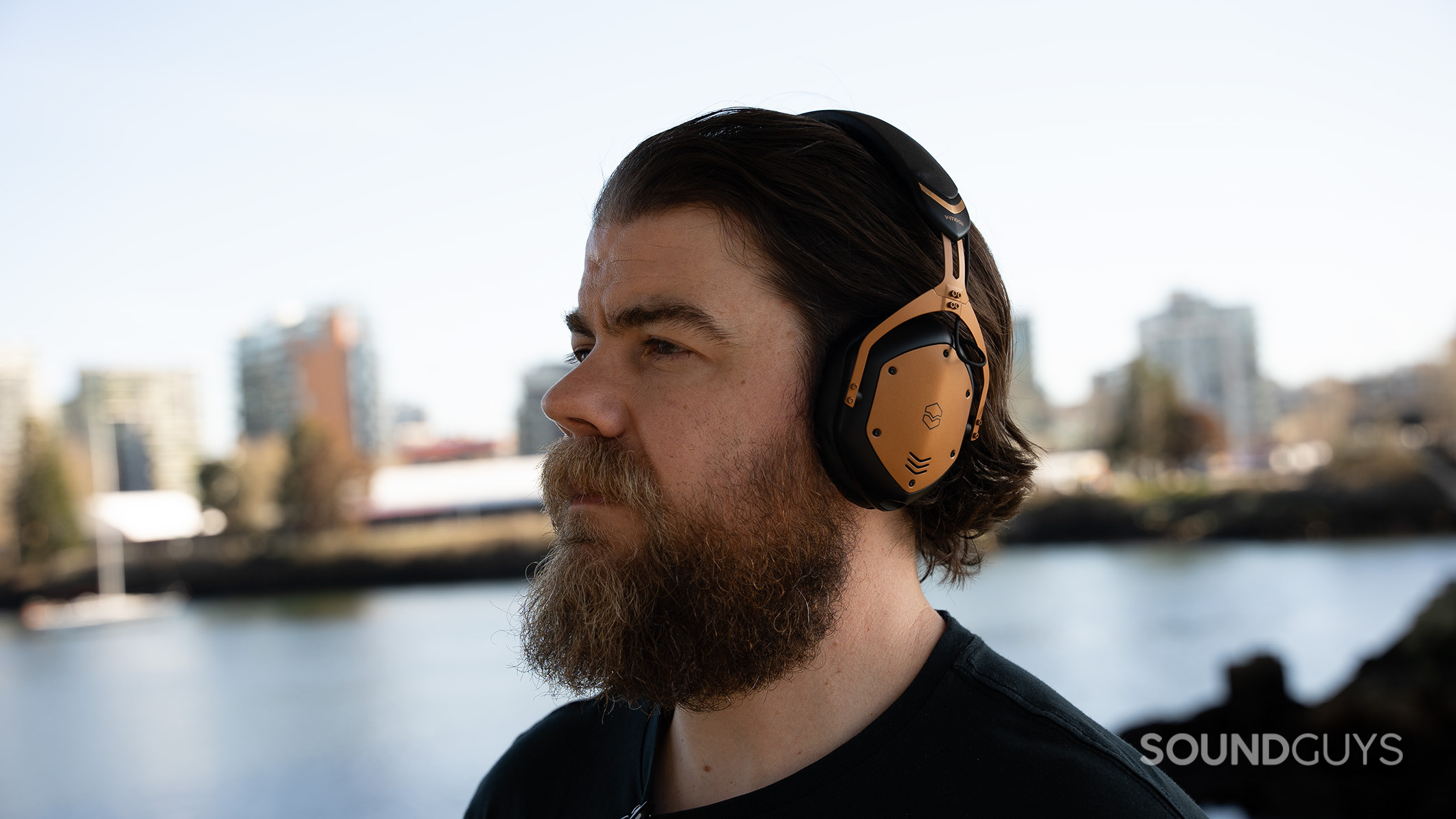
Headphones serve multiple purposes; they’re a commuter’s best friend, a break for your brain, and maybe even your wallet’s worst enemy. Just like stepping onto a rocking boat, navigating the headphone market is dizzying for many. There’s so much jargon and marketing hoopla to sift through if you want to understand what most features mean. Let’s cut through the noise!
It’s time to figure out what matters most in your next headphones and how much you need to spend to get the best value for your ears.
Where and when will you wear your headphones?

Before determining how much you should spend on headphones, you must consider two things: place and time. These factors often go hand in hand, making it easy to determine the design that will work for you. For instance, if you regularly listen to music on a bus, plane, or train, closed-back, over-ear headphones are a must. On top of that, you should research cans with active noise canceling (ANC), but we’ll get to that soon. Just like commuters, gym rats and cubicle workers may want to nab a pair of ANC cans too. Bear in mind, if you’re buying ANC cans, you’ll likely need them to have good battery life. These two features usually filter out options below $100.
If you’re like me and spend a good chunk of your day job in Zoom and Teams meetings, you’ll want to invest in headphones with a good mic. Fortunately, headphone manufacturers have kicked the microphone quality up a few notches in the past few years — one of the few good things to come out of COVID-19. You’ll find the best microphone quality from gaming headsets. In a similar vein, those of us who can spend hours at a time in back-to-back meetings should also consider comfort. It’s much easier to find comfortable designs when looking at over-ear headphones compared to their on-ear siblings. If you wear glasses, don’t bother with on-ears, period.
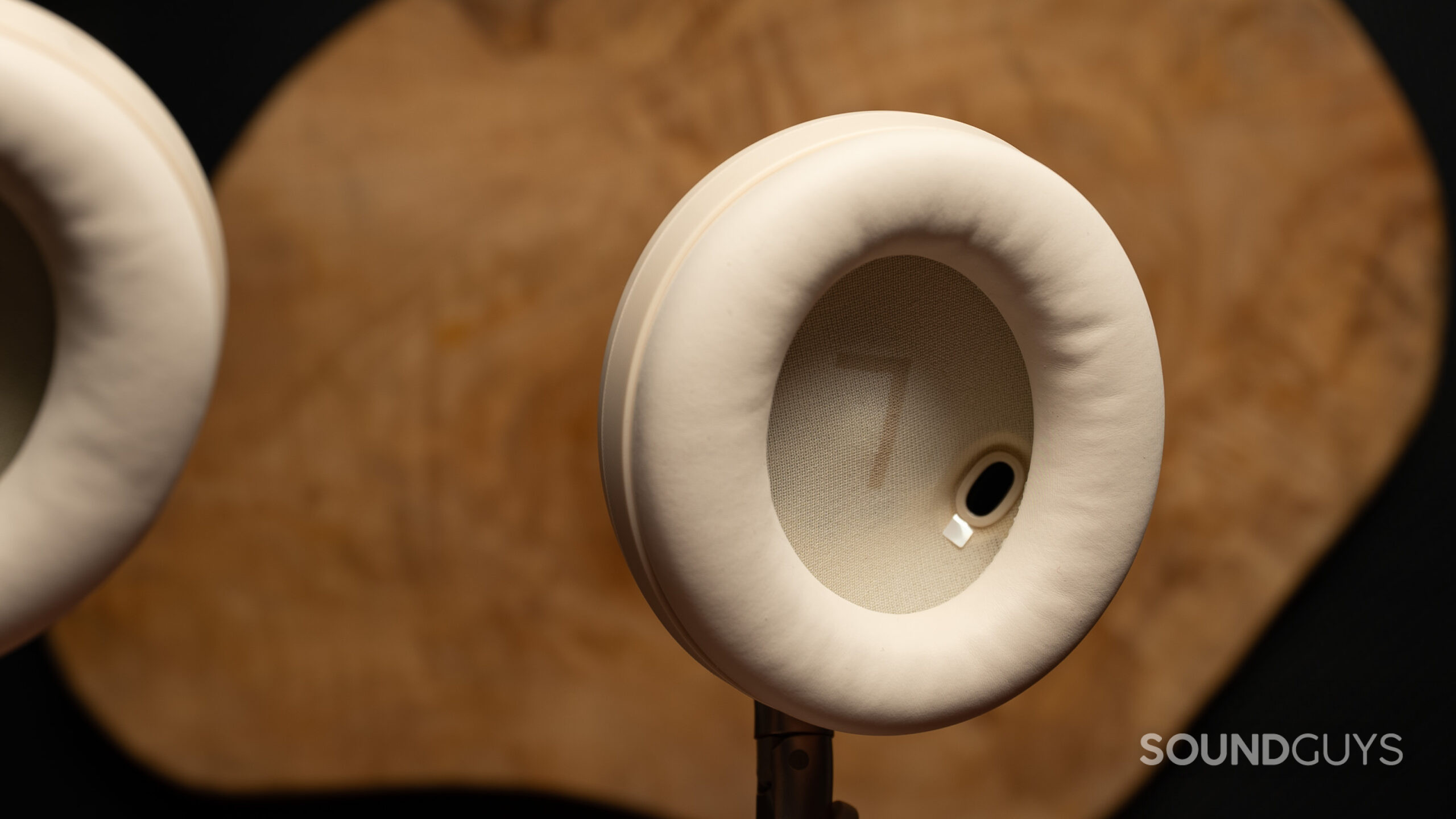
Then there’s the niche group of listeners who want to hear their surroundings while listening to music. This group would rather wear headphones than Apple AirPods or any number of open earbuds. For that, I’ll cut to the chase and direct you to the Koss Porta Pro. Be careful though: the Porta Pro are famous for their hair-ripping ways.
Taking a step back, it’s important to also consider frequency. Listeners who know they’ll only use their headphones a couple of times a week can skate by with a cheaper pair that hovers around $100 or less. Avid music listeners, or those who like the finer things, may find that cheaper options won’t do. If you want all the material and software-powered bells and whistles, you can easily creep up into the $200-$500 range.
What features do you want from your headphones?

These days, it’s almost a challenge to find wireless headphones without active noise canceling. That’s because we listeners demand ANC in our headphones and earbuds. According to Allied Market Research, the ANC headphones market was valued at $13.1B in 2021, and will likely reach $45.4B by 2031. Why is noise canceling such a coveted feature? ANC headphones can save you from the din of a rowdy train car or intercontinental flight. They can give you the only five minutes of peace during your 18-hour hospital shift. Perhaps more than any other feature, we as music listeners are more than happy to pay a premium for good noise canceling. Headphone manufacturers know this and charge a steep premium for great products. The best of the best ANC headphones will cost you $300-$600 after tax. While that price tag is quite high, a moment of silence during an unending, chaotic day, is invaluable.
Noise canceling's utility warrants its ubiquity, but effective ANC is expensive.
Noise canceling aside, durability matters quite a lot too. There are two main ways to think about headphone durability. The first is to research if a pair of headphones has an IP (“Ingress Protection”) rating. It’s rare for over- and on-ears to have IP ratings compared to earbuds, but you may be able to find certain models with an IP rating. A good IP rating is IPX4. The “X” is a placeholder for dust resistance, and the “4” indicates that the headphones will survive water sprays from any direction.
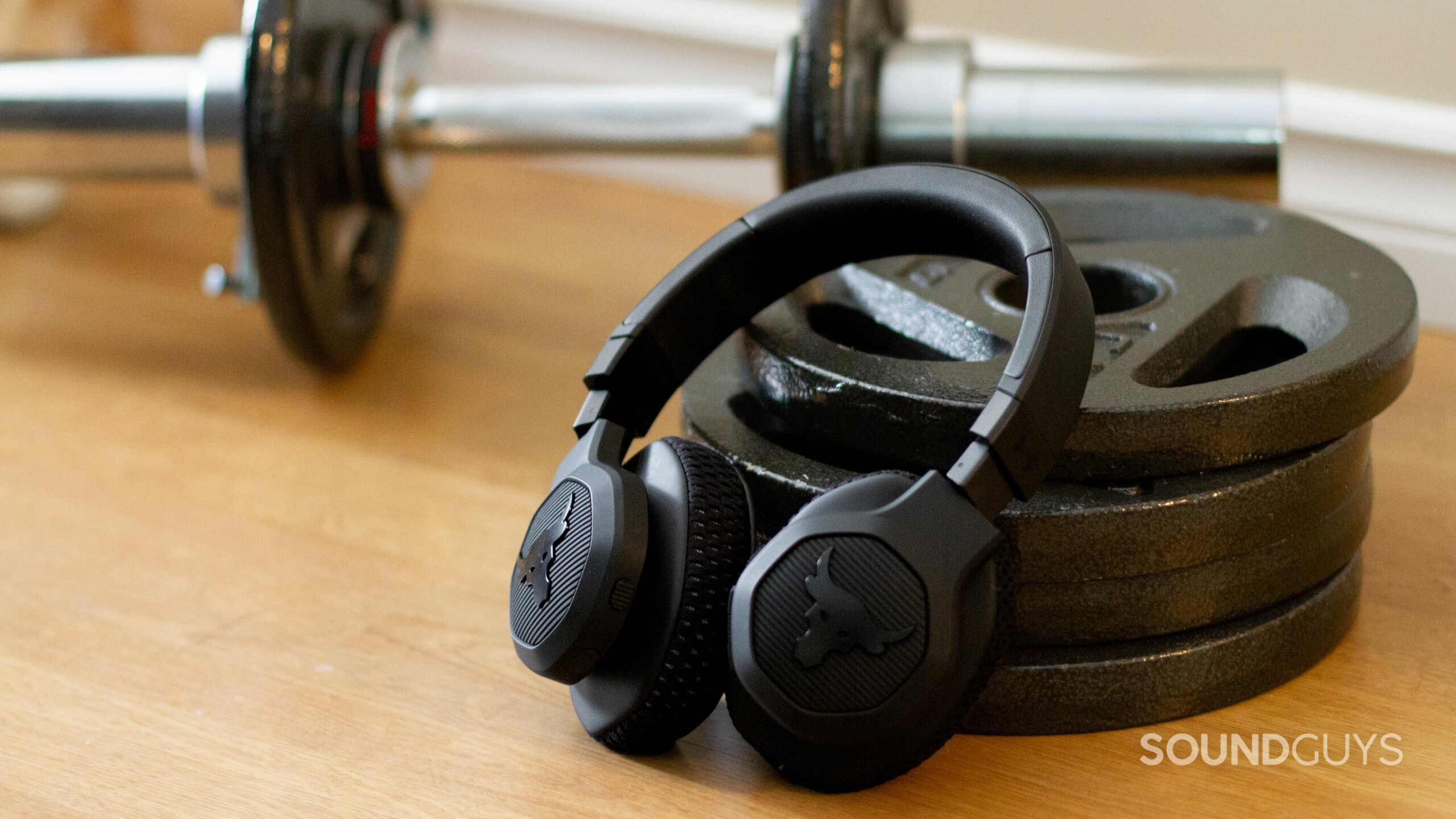
The second way to think about durability is by looking at the general build quality of your headphones. This means you need to consider the material choices. A clear indicator of durability is thick plastic. I also look out for metal reinforcements at weak points like hinges. Also, leather or suede earpads are generally more durable than pleather, which wears down and flakes off quickly. Another durability boon is when headphones have a removable cable, that is if you’re considering wired cans. The cable is often the first thing to break. Replaceable cables mean you’ll only spend $20 to get your cans up and running again instead of hundreds of dollars to buy a new pair altogether.
Wireless headphones often include a mobile app, but not all apps are useful. Some are barebones, letting you change the headset name and review the onboard button or touch controls. Then there are headphone apps that let you change everything under the sun, customizing your listening experience down to your location (with your permission, of course). If your headphones have an app, you’ll probably need it to use all of your cans’ features.
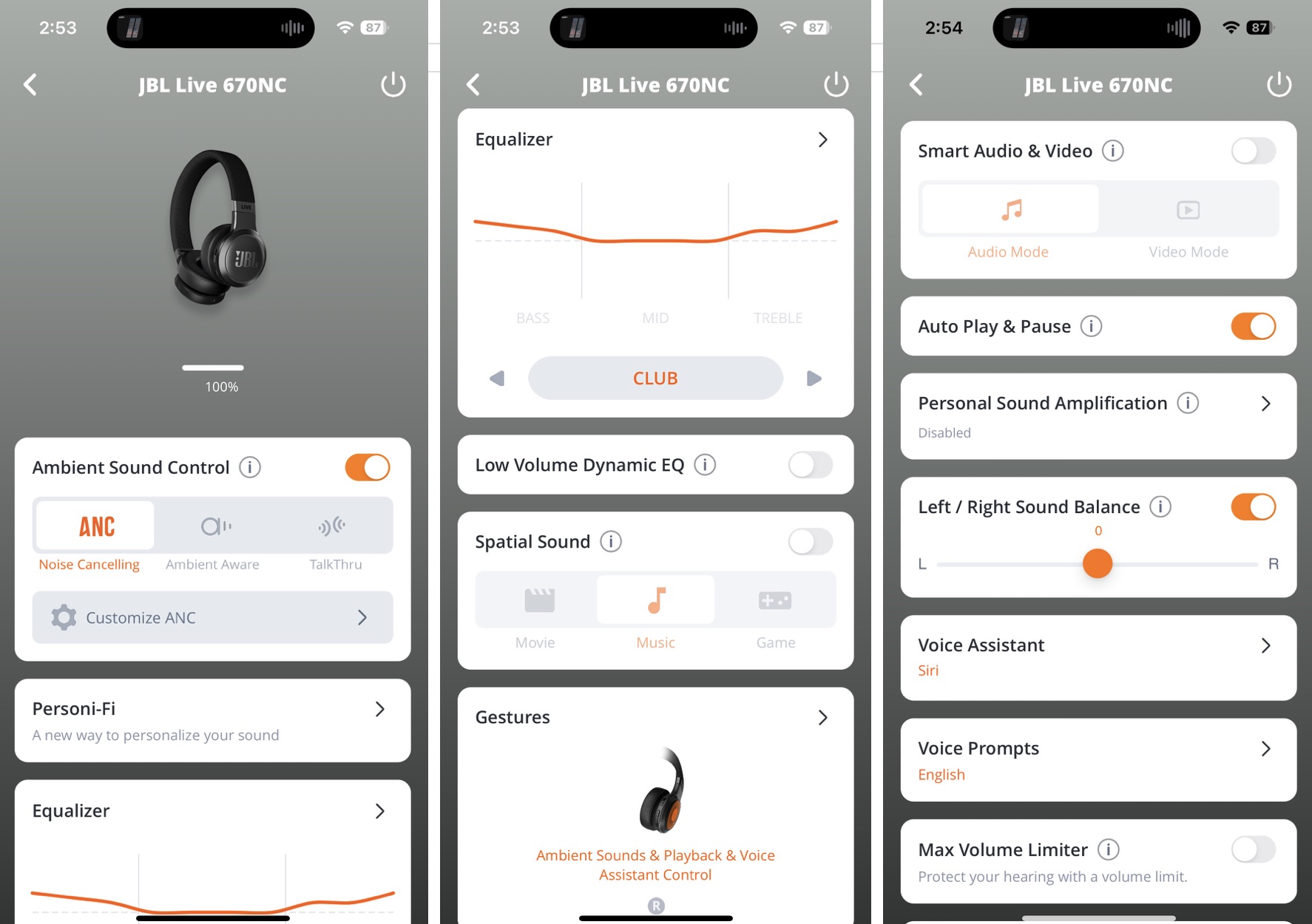
Beware: most mobile headphone apps work well on iOS and Android, but if you buy the AirPods Max ($499 at Amazon), you’ll need an iPhone to access most perks. As we’ve said time and time again here at SoundGuys, leave the AirPods to iPhone owners. Using the AirPods Max on an Android device severely hamstrings the AirPods Max’s feature set.
Do you have an iPhone or Android phone?
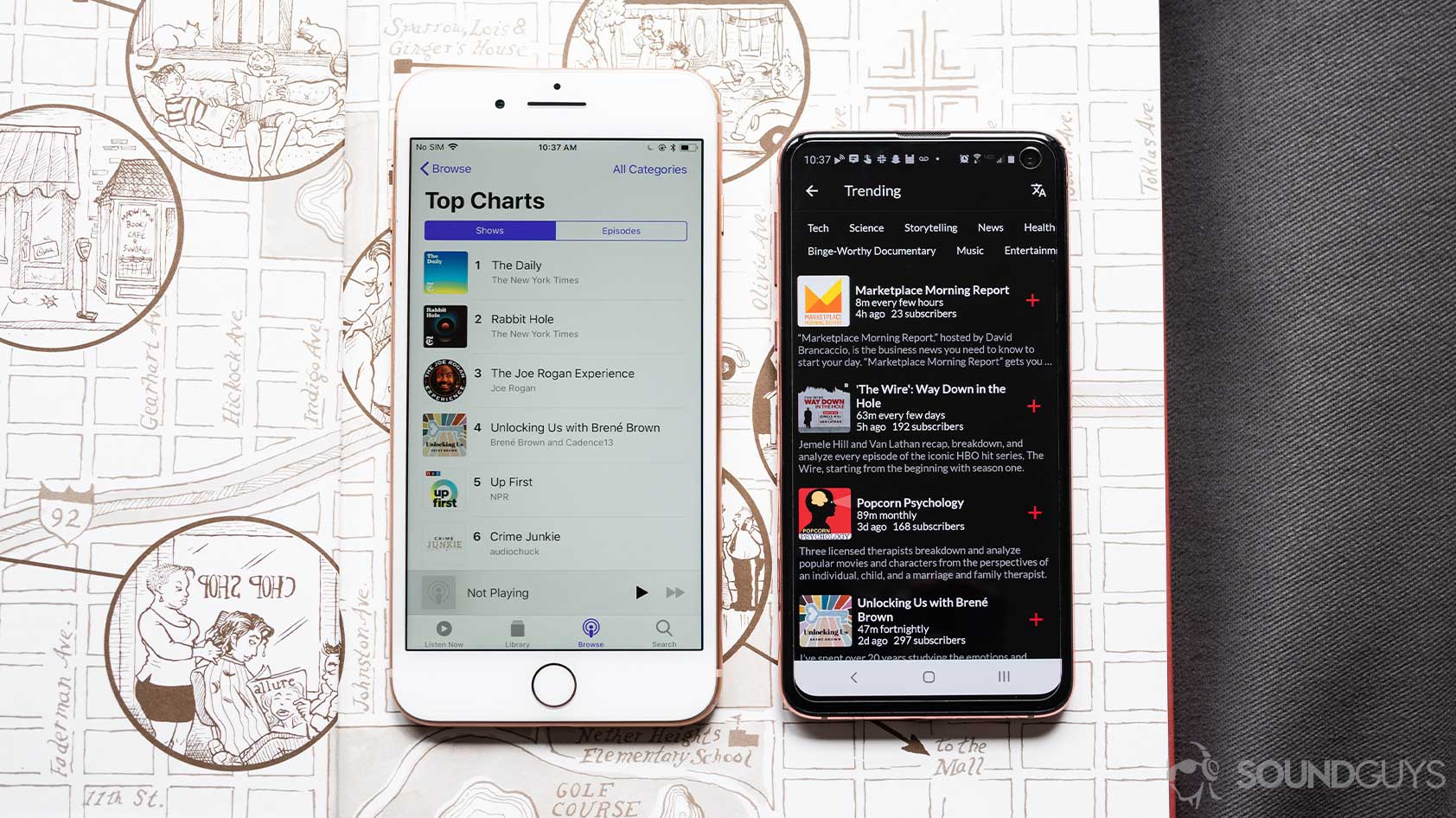
Smartphone compatibility influences sound quality too, at least with wireless headphones. Different smartphones support different Bluetooth codecs. There’s plenty of technical information around codecs, but the important thing is this: iPhones only support two Bluetooth codecs while Android phones typically support much more. Apple’s highest-quality Bluetooth codec, AAC, is fine for most people. In fact, you may not even be able to discern a difference between AAC and the higher-quality Bluetooth codecs. This is especially true if you have some degree of hearing loss, which many of us do. However, some of us want the option to drive 130 miles per hour, even if we’ll never exceed 80. If that resonates, with you, then you should look at headphones with aptX, or LHDC if you want the absolute best. Audio quality aside, higher-end Bluetooth codecs can also reduce lag — a necessity for online gamers and video streamers.
How much do headphones cost, generally?
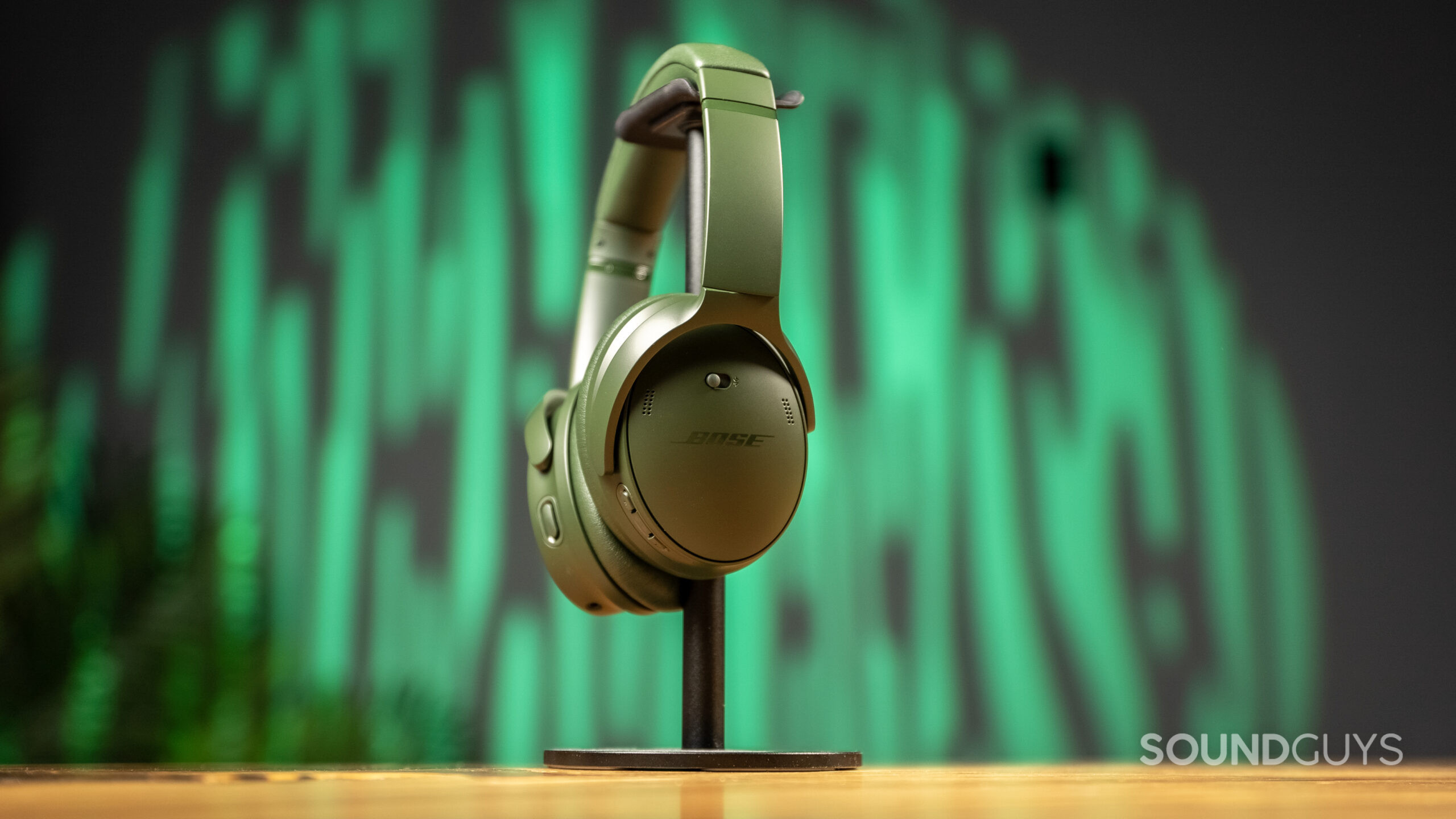
Consider the points we’ve addressed as a blueprint for your ideal headphones. Now that you’ve started looking at what you want from your headphones, you can set realistic price expectations. Budget headphones will cost $120 at most. Mid-tier headphones will be in the $120-$300 range. Flagship cans will cost $300 and above.
Taking into account the price ranges and features we talked about today, budget cans will usually include decent call and sound quality. You’ll rarely find an app for wireless over- or on-ears in this price range. Build quality is usually okay at best. More often than not, headphones in this price range are made of thin plastic with an even thinner piece of metal reinforcing the headband. Frequency responses for cheap headphones lean towards bass-heavy, which can be good if that’s your jam. Some of our favorite cheap headphones are the JLab JBuds Lux ANC ($79.99 at Amazon) and the Anker Soundcore Space One ($99.99 at Amazon), both of which have noise canceling.
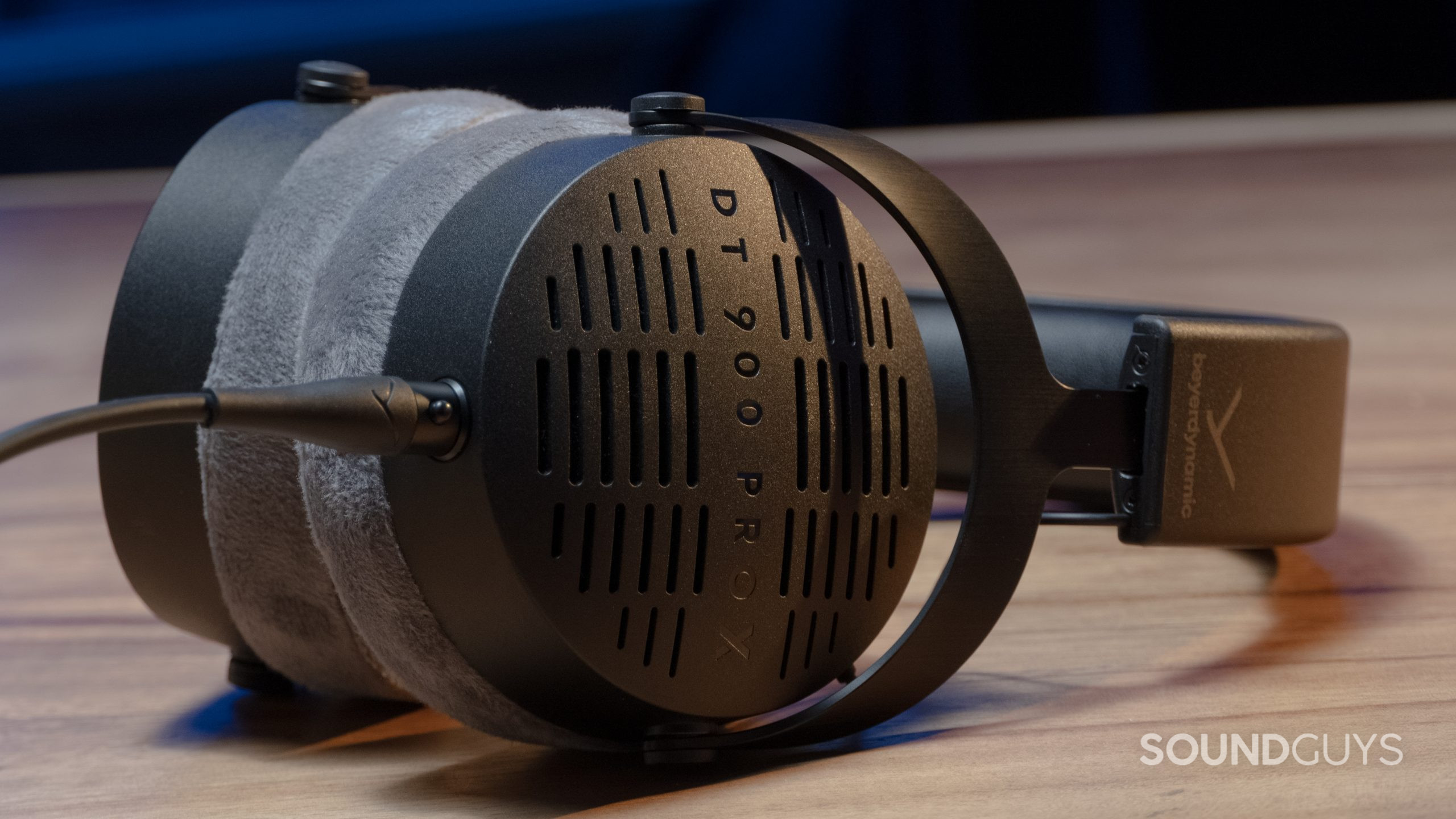
Mid-tier headphones cover most listeners’ bases. You’ll usually find that these offer a lot of customization, good sound quality to boot, and fine materials. Wireless over-ears in this price range usually boast great ANC that’s suitable for long-haul flights too. You’ll find very good microphone quality in this range too. The best overall pick in this price range are the Sennheiser ACCENTUM Plus ($217.95 at Amazon). We love these noise cancelers for their touch controls, long battery life, and good sound quality. The Sony ULT WEAR ($199.99 at Amazon) are great headphones that can fold up, unlike the Sennheiser cans. People who will use their headphones for audio production purposes can throw down for the wired Beyerdynamic DT 900 PRO X ($269 at Amazon).
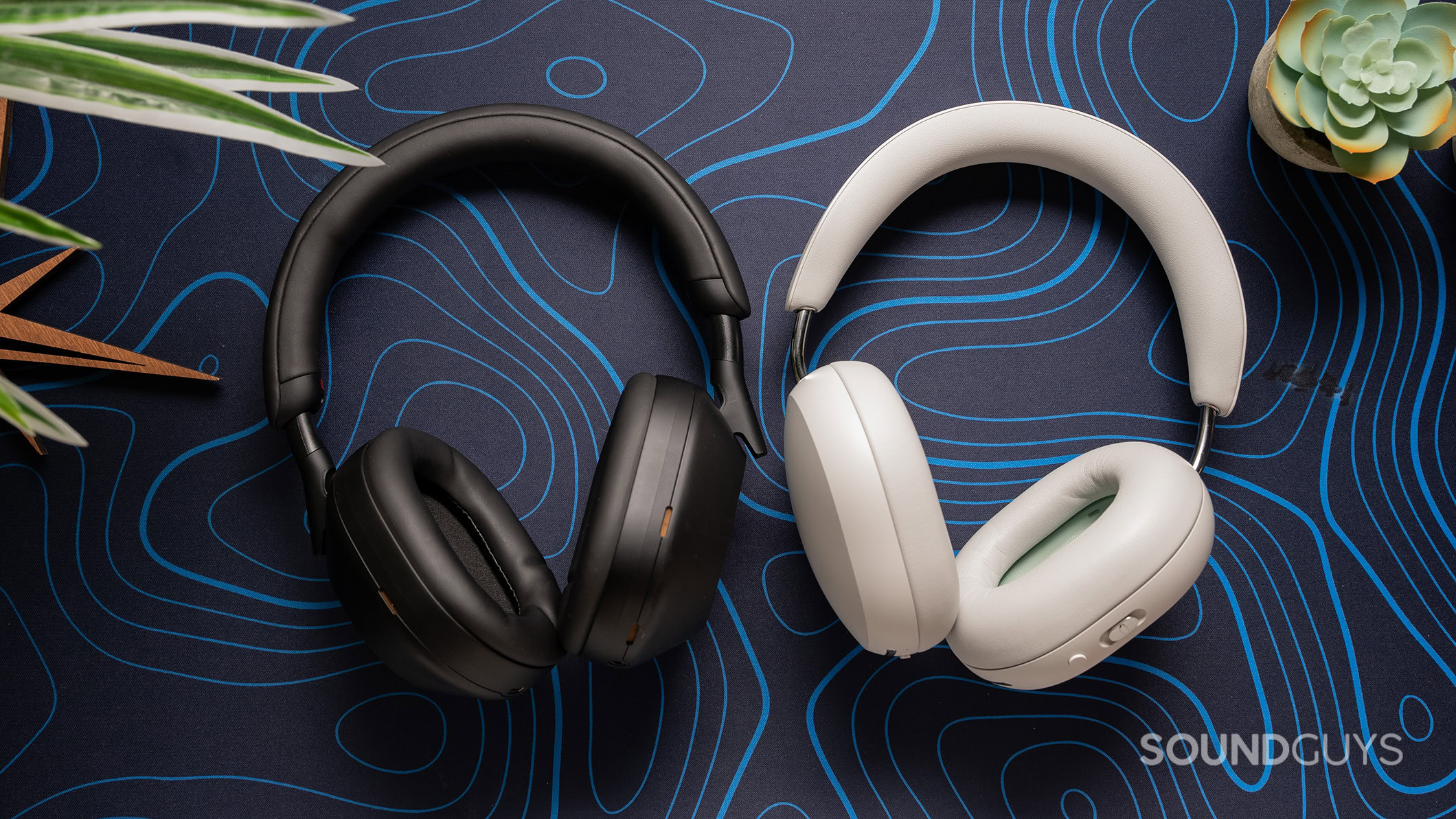
And drumroll, please, for the cream of the crop headphones that cost $300 or more. Coughing up this much cash will get you excellent build quality, great sound quality out of the box, and plenty of features to get lost in. The Sony WH-1000XM5 ($387 at Amazon) are at the top of our best headphones list, and you won’t find a better pair of noise canceling cans. The Bose QuietComfort Ultra ($429 at Amazon) are a close second, but they aren’t nearly as good of a value as Sony’s cans. Headphones of this caliber are for audio enthusiasts who demand the latest and greatest, no matter the cost.
I’ll leave you with this: while I firmly believe you can find good headphones for your needs at any price range, all of my budget buys have broken within two years. Meanwhile, I am staring at three pairs of $200-$300 headphones as I type, all of which have lasted for four to eight years and are still kicking.
Frequently asked questions about the cost of earbuds
$200 is a fair price for headphones that have noise canceling, an app, and good sound and build quality. If you don’t care much for features and just want something that plays music, you can lower your budget below $100.
Cheap headphones are absolutely worth buying if they tick all of your boxes. For instance, if you don’t care for premium build quality or a mobile app, cheap headphones are right up your alley.
The Apple AirPods Max are worth buying if you own an iPhone. You’ll need an iPhone to customize your listening experience and access software updates. Apple does a great job making the AirPods Max listening experience seamless, but only if you have an Apple device paired with them.
A good rule of thumb is that mid-tier headphones will cost between $120 and $300. Once you approach that $300 point, you’re reaching premium headphone pricing.